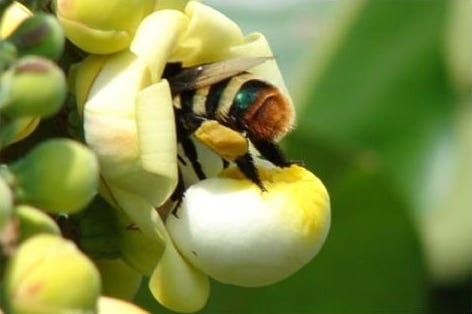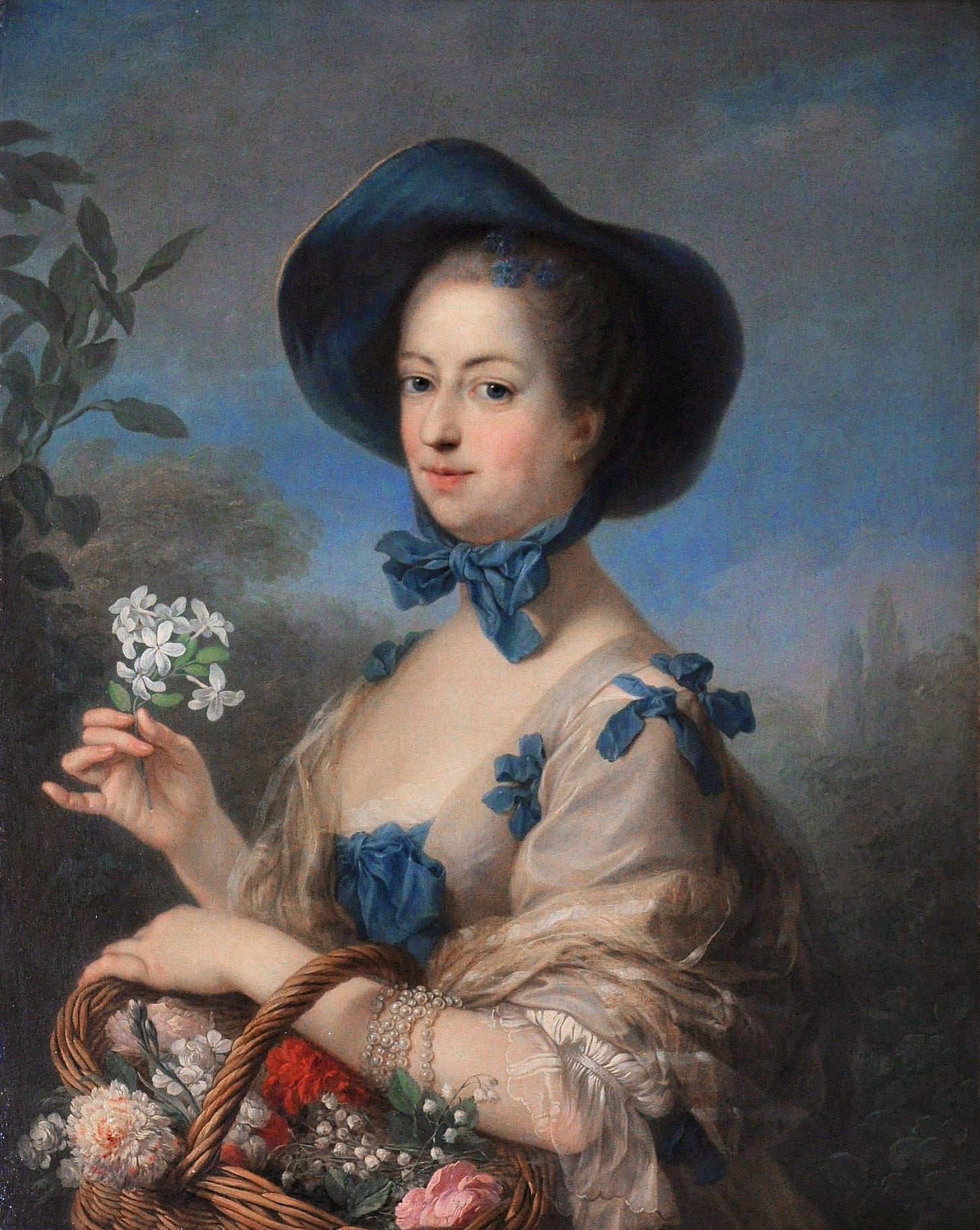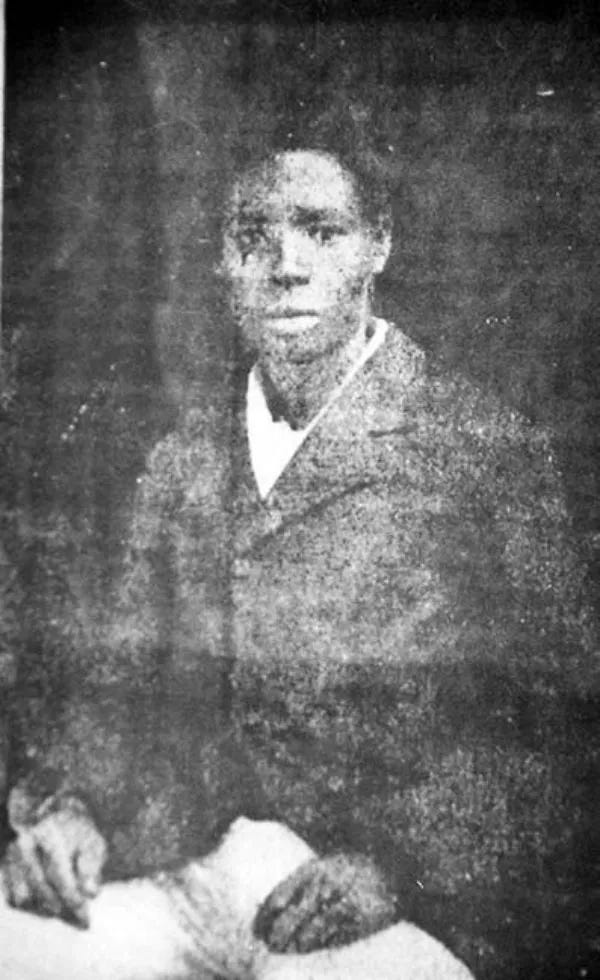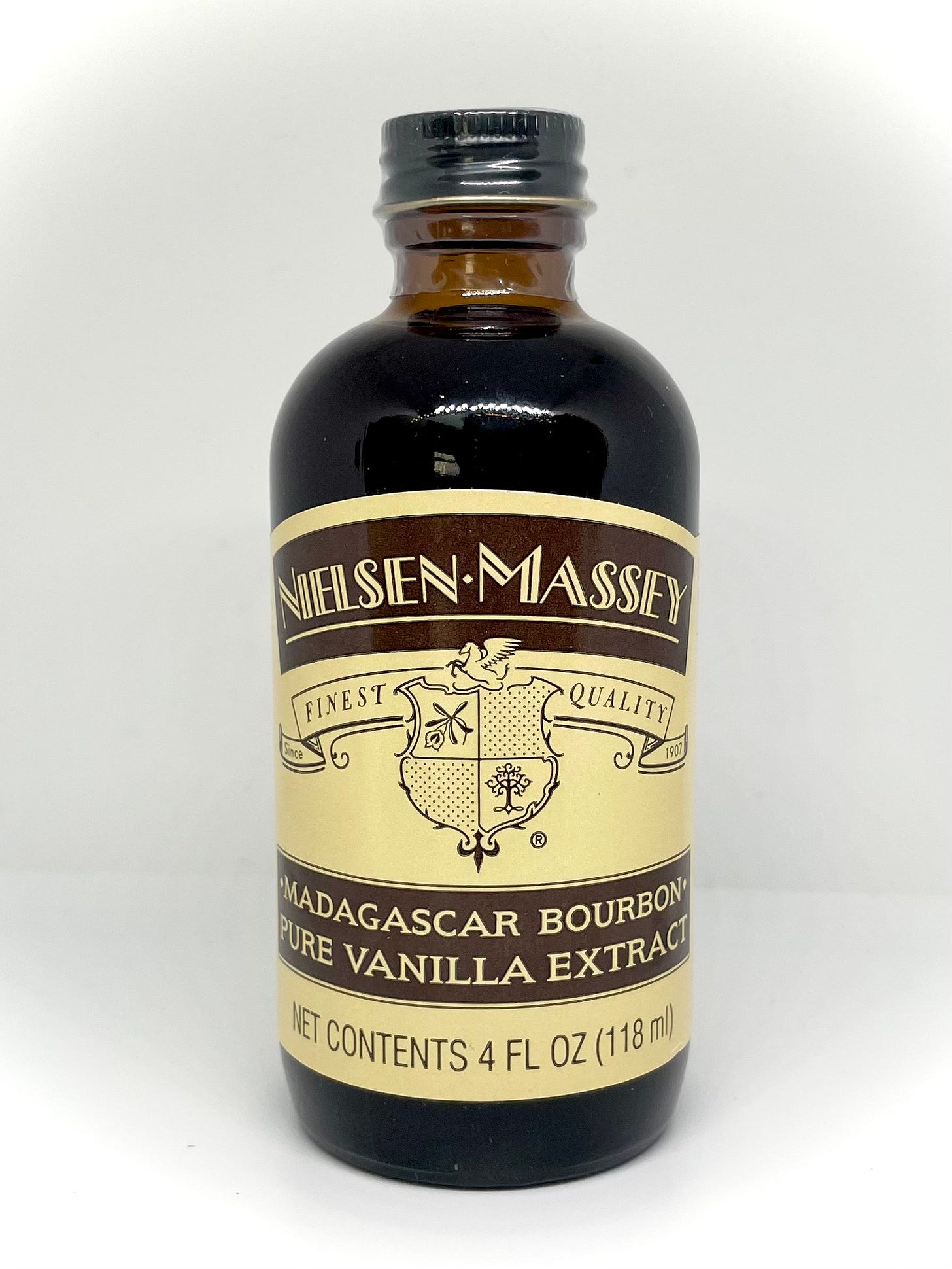Everyone is always all over chocolate for Valentine’s Day* but I’d like to make a case for vanilla. It’s beyond me that the word vanilla itself doubles for anything “lacking distinction: plain, ordinary, and conventional”. Come on Merriam-Webster haven’t you ever tasted the most perfect bite of vanilla bean buttercream!?
*Unless you wanna make my strawberry cocoa nib festive jam because I am in fact obsessed with this for V Day…
This synonym stems from vanilla ice cream being amongst the “boring” flavors at the shop. Personally, if I could only have 3 ice cream flavors for the rest of my life, vanilla would be included. Sue me!
Where does the word come from? Originally stemming from latin word, “vagina”, meaning sheath - think a plant cover like an ear of grain - comes the Spanish word “vaina”. Now our “vanilla” is derived from the Spanish “vainilla” meaning little pod or sheath!
If you’re eating good vanilla (call me Ina), then it’s anything but simple. Like tonka and cinnamon, it imparts a natural sweetness to whatever it is added to. Too much of it in pure form is even bitter and quite astringent! To me, this warm, slightly woody tasting pod is perfect. Having gorgeous vanilla beans in my kitchen feels like a little (big) luxury…
I’m very lucky that my uncle raised my cousins in Reunion Island and Madagascar so I’ve been gifted great vanilla since I was young. I’ll never forget the giant sugar container I had at my childhood home containing light brown sugar due to all the vanilla pods we shoved inside. HEAVEN! Now whether or not you’re a fan of vanilla, its history is quite incredible and its widespread use is really only very recent due to a slave named Edmond Albius.
History
The vanilla bean comes from an orchid plant of the genus “vanilla” which is native solely to Mesoamerica, modern-day Mexico. The Indigenous Totonac people, who resided in modern-day Veracruz in 600 CE, were captivated by the sweet smell of the plant and immediately began incorporating it in recipes.
To make “vanilla” the bean is harvested once the orchid dies, dried, and then placed in a suitable environment. Soon after, the vanilla bean must be placed ideally in a vacuum sealed package or at least kept away from as much heat and light as possible. I wrap mine in wax paper or in little glass test tubes and shove them deep in my pantry to keep them away from sunlight.
You’ll be able to find more information at the bottom of this article about specifics depending on each variety!
When the Aztecs conquered the Totonacs in the 1400s, they demanded vanilla as part of their tribute! They began incorporating this sweet pod into their famous xocoatl - chocolatl - chocolate. Xocoatl was a beverage made from cacao and differing spices (now vanilla) and reserved for special occasions. Upon arrival at Tenochtitlan in 1519, the Spanish were greeted with this bevvy.
Eventually the Spanish conquered the Aztecs, and Hernan Cortes brought an enormous supply vanilla back to his native Spain… Due to their lack of originality (if I may say so myself), the pod was primarily used to flavor chocolates in Europe as well.

Now, Europeans faced a large problem… Despite loving vanilla, they were unable to grow it back on European territory. States were indebted to Spain for the taste of sweet Mexican vanilla and could not figure out what they were doing wrong when replanting! Why wasn’t it working? Turns out, after a few hundred years using the plant, they had never thought of pollination being an issue in its growth across the Atlantic Ocean.
In Mexico, the plant was pollinated by special bees (originally thought to be Melipona, now debated to have come from the Eulaema genus instead) found no where else in the world. These bees have a smaller lil nose so they’re able to enter this tiny orchid. Due to this, vanilla became an even more prized commodity since it was unable to grow anywhere other than its native Mexico.
By the early 1700s the French had finally moved on from the chocolate craze and used vanilla to flavor different desserts, from pastries to ice-cream. Further, upper class European women began consuming and serving vanilla more frequently in dishes as it was a supposed aphrodisiac… Queen Elizabeth’s physician ensured it was added into her meals and let’s just say Madame de Pompadour ate lots of vanilla to lure King Louis XV of France into being her lover… women have quite literally always been iconic.
Vanilla continued to be extremely trendy in high European society into the 1800s.
A Life Changing Discovery
Now here’s where the story gets GREAT. In 1841 on Reunion Island (shoutout to my family), a 12 year old slave named Edmond Albius discovered that he could hand-pollinate the vanilla orchids… BRILLIANT?!
You may have heard of Bourbon vanilla? Réunion Island was once called l’Ile Bourbon so as the first place outside of Mexico to grow vanilla, the pod was named after it.
Albius’ discovery not only changed the game in the flavor world but also awarded him his freedom. Sadly, despite being a free man, Albius died a destitute man at the age of 51 and never reaped any financial reward from hand pollination discovery. He opened up a whole new world, literally allowing global cultivation of the plant to begin from that point on.
France was quickly the leading force in the vanilla production world, primarily in the islands of Madagascar and Réunion. Madagascar still grows over 70% of the vanilla found today. Other nations in the space nowadays include Indonesia, Tahiti, Mexico, Tonga, Papua New Guinea, Uganda, India and I even tried a vanilla bean from Tanzania the other day!
Nowadays, there are over 100 varieties of vanilla orchids. Each pod contains vanillin, which is responsible for the flavor and aroma.
Different kinds + forms
Madagascar
The most common vanilla, pollinated by hand
Sweet + smoky
Mexican
The original! Pollinated by bees then after drying for around 3 weeks, the vanilla pods are placed in a wooden box to ripen for months.
Creamy + rich + slightly spiced (think cinnamon)
Tahitian
Floral + fruity + caramely
Pollinated by hand and then sealed in vacuum flasks
Others
Ugandan + Indonesian, Indian
Vanilla “Givrée”
Now this kind of SUPER SPECIAL vanilla bean is just a bean that has such high vanillin content it appears to be crystalized all over. A bean being"givrée" is seen as a sign of high-quality vanilla beans.
Extract
Real vanilla extract is made by soaking vanilla beans in alcohol until all of that scrumptious vanilla is absorbed into the alcohol
Make sure to check the label when buying vanilla extract because a lot of them contain no vanilla whatsoever! If you don’t mind, imitation vanilla extract is made with no real vanilla but rather artificial vanillin flavoring
I’m currently making my own at the mills! Vanilla beans from Reunion Island are soaking up some good old vodka in the condiment mills as you’re reading this
Powder
Ground, dried vanilla beans. Sometimes only the empty seedless pods are used so just look at the color to gauge its strength if it’s not clearly indicated. Darker = more vanilla
Paste
Vanilla bean seeds + extract + thickener + usually some sugar
One vanilla bean = ~ 1 tbsp of vanilla extract or paste
Vanilla Recipes
Tomato Vanilla Basil - recipe in my book! US version on sale now at B&N
Further reading:
BBC World’s Table Edmond Albius
Perfume Chronicles by Vanilla & Lust
Vanilla: A Global History by Rosa Abreu-Runkel
Vanilla: Cultural History by Patricia Rain
Vanilla by Tim Ecott
What is your favorite form of vanilla?















I’m so happy I’m not the only one who loooves (good) vanilla ice cream! I do also think growing up in France means having access to better vanilla tasting products than in North America, though that’s been slowly changing in Canada for the last few years
One of my favorite additions to matcha / baked goods / chocolate / granola / yogurt / etc etc. I love it in powdered form - so worth the investment! Thanks for sharing the story :)